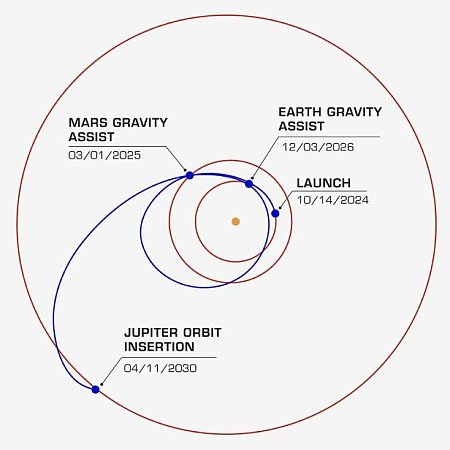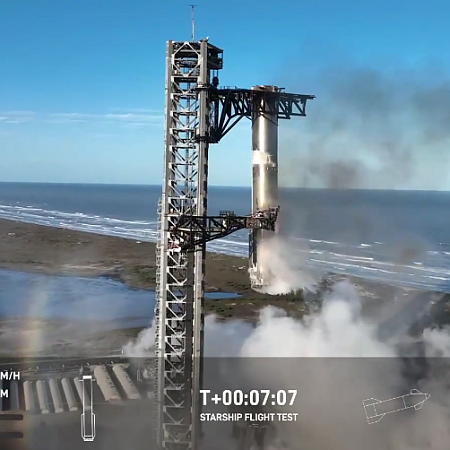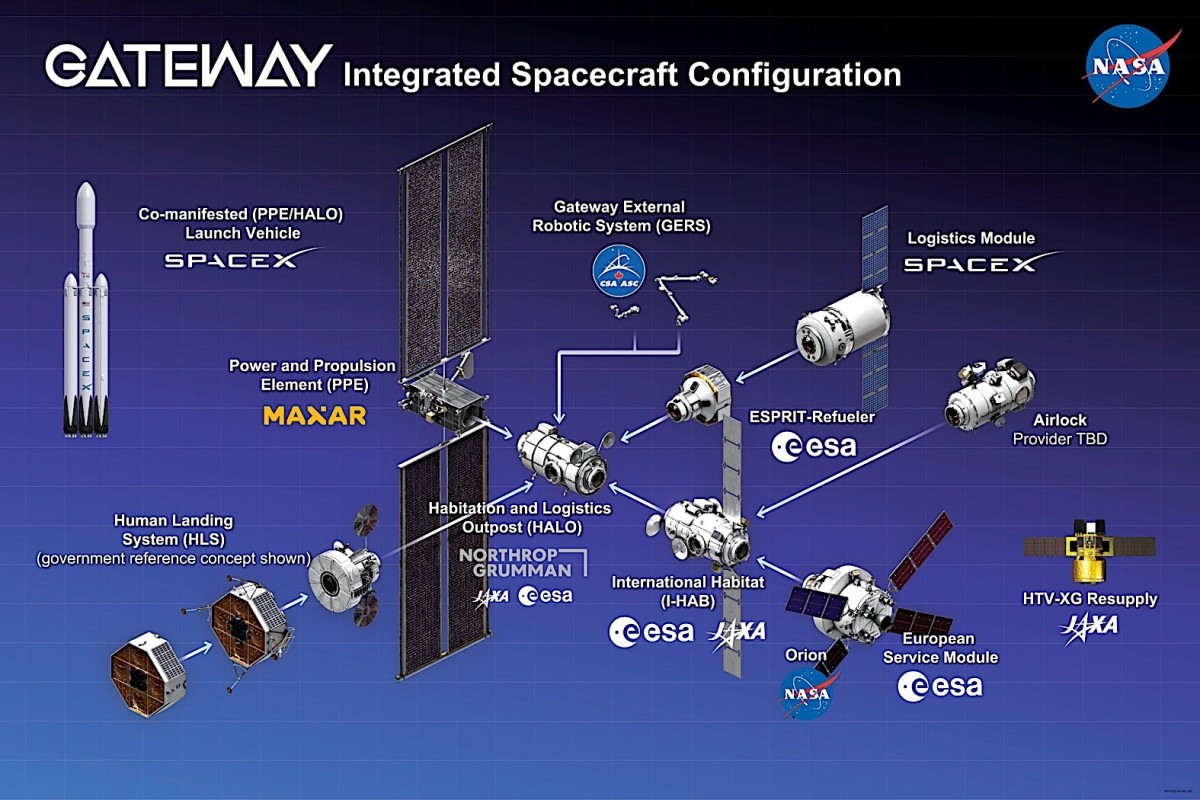February 26, 2025 Quick space links
Courtesy of BtB’s stringer Jay. This post is also an open thread. I welcome my readers to post any comments or additional links relating to any space issues, even if unrelated to the links below.
- Two of NASA’s Deep Space Network antennas look up at Jupiter and Mars
The Mars antenna is in contact with the orbiter Maven, and the Jupiter antenna is talking to Juno.
- Data from China’s Zhurong rover suggests an ocean once existed in the northern Martian lowlands
As always, the assumption of liquid water is very uncertain. It could have been ice.
- Scott Pace, NASA swamp creature who pushed SLS for years, suddenly questions its practicality
Pace was a completely useless advisor to Trump’s National Space Council in the first administration, as he routinely pushed for big NASA projects built by NASA in league with the old space companies. He had no use for private space, and actually worked to hinder it. To suddenly change his tune now is nice, but it simply illustrates why he is not someone Trump or any NASA official should go to for worthwhile advice.
Courtesy of BtB’s stringer Jay. This post is also an open thread. I welcome my readers to post any comments or additional links relating to any space issues, even if unrelated to the links below.
- Two of NASA’s Deep Space Network antennas look up at Jupiter and Mars
The Mars antenna is in contact with the orbiter Maven, and the Jupiter antenna is talking to Juno.
- Data from China’s Zhurong rover suggests an ocean once existed in the northern Martian lowlands
As always, the assumption of liquid water is very uncertain. It could have been ice.
- Scott Pace, NASA swamp creature who pushed SLS for years, suddenly questions its practicality
Pace was a completely useless advisor to Trump’s National Space Council in the first administration, as he routinely pushed for big NASA projects built by NASA in league with the old space companies. He had no use for private space, and actually worked to hinder it. To suddenly change his tune now is nice, but it simply illustrates why he is not someone Trump or any NASA official should go to for worthwhile advice.















